The Ultimate Guide to Iceland’s Most Breathtaking Natural Wonders
If you’re looking for jaw-dropping landscapes, a sense of adventure, and the perfect escape into nature, Iceland is a destination like no other. Known as the “Land of Fire and Ice,” Iceland captures the imagination of travellers with its towering waterfalls, volcanic terrains, glowing glaciers, and dramatic fjords. From the hypnotic glow of the Northern Lights to its serene lagoons and thundering geysers, Iceland’s natural wonders are nothing short of spectacular.
In this ultimate guide, we’ll take you on a virtual journey across the island to explore Iceland’s most breathtaking natural wonders. You’ll discover not only the must-visit landmarks but also key tips and insider information to make the most of your trip.
Why Iceland? A Land Like No Other
Iceland isn’t just another travel destination – it’s an experience for the senses. Here, nature tells a story that’s billions of years in the making. From the wild, untamed beauty of the Golden Circle to the serene allure of the Blue Lagoon, Iceland offers a rich contrast like no other place on Earth.
If you’ve wondered, “Why is Iceland home to some of the best natural wonders in the world?”, you’re in for a treat. Its remote location, geological activity, and proximity to the Arctic Circle have carved a landscape that feels otherworldly. Let’s dive deeper, shall we?
1) The Majestic Northern Lights (Aurora Borealis)
Few natural phenomena inspire as much wonder as the Aurora Borealis. This ethereal display of green, pink, and purple lights dances across Iceland’s winter skies, offering travellers a once-in-a-lifetime experience.
When to See the Northern Lights
The best time to catch this phenomenon is between September and March, with darker skies offering greater visibility. Head to remote locations far from the city lights for the clearest view.
Pro Tip: For an unforgettable experience, consider taking a guided Northern Lights tour. Companies like Nihosi Travels & Tours offer expert-led trips to help ensure optimal viewing conditions and provide all the gear you’ll need for braving the cold.
2) Blue Lagoon: The Jewel of Iceland
Imagine soaking in warm, milky-blue geothermal waters while surrounded by a stark black lava field. This is the Blue Lagoon, Iceland’s most famous geothermal spa.
What Makes the Blue Lagoon So Special?
Formed by run-off water from the nearby Svartsengi geothermal power plant, the lagoon is rich in silica and other minerals beneficial for the skin. Despite its popularity, its size and layout allow you to find moments of tranquility even when it’s bustling.
Tips for Visiting the Blue Lagoon:
- Book Ahead: The Blue Lagoon requires advance bookings. Slots fill up quickly, especially in the summer.
- Best Time to Visit: Early morning or late evening to avoid the crowds.
- Don’t Miss: Upgrade to premium packages for access to mud masks and luxurious lounge areas.
3) Geysir Geothermal Area: Home of the Exploding Geysers
How about watching water shoot upward in a spectacular eruption? The Geysir Geothermal Area, located in southwest Iceland, is home to Strokkur, Iceland’s most active geyser. Every few minutes, Strokkur shoots water up to 20-30 metres into the air.
A Lesson in Geology
The name “geyser” actually originates from Geysir, a now largely dormant geyser in the region. It’s a must-visit stop on the Golden Circle route, which also includes other iconic attractions like Gullfoss waterfall and Thingvellir National Park.
4) Vatnajökull National Park and Glacier: An Icy Wonderland
The Vatnajökull Glacier, Europe’s largest glacier, is a highlight for any Iceland itinerary. Covering about 8% of the country, this massive glacier is a playground for adventure seekers.
What to Do in Vatnajökull
- Ice Cave Exploration: Winter months offer tours into the glacier’s jaw-dropping ice caves, with their vivid blue walls and intricate formations.
- Hiking Adventures: The nearby Skaftafell National Park features several well-marked trails leading to hidden gems such as the black waterfall, Svartifoss.
- Glacier Walking: Strap on crampons and venture out onto the glittering surface of the glacier itself — an unforgettable experience.
5) Gullfoss Waterfall: The Golden Waterfall
Waterfalls are a defining feature of Iceland, and Gullfoss, or the “Golden Waterfall,” is arguably the most iconic. Located in the southwest, Gullfoss spans two tiers and roars as ravenous torrents of water cascade into the Hvítá River canyon.
Traveller Tip: Walk along Gullfoss’s accessible trails to discover striking vantage points where you’ll feel the full misty force of the falls.
6) Jökulsárlón Glacier Lagoon and Diamond Beach
Imagine a lagoon filled with floating icebergs, their shimmering whites and blues contrasting against still, mirror-like waters. That’s Jökulsárlón Glacier Lagoon. Nearby, the icebergs wash up onto the striking black sand shores of Diamond Beach, creating a mesmerising sight.
More Natural Wonders in Iceland
Let’s take a moment to honour a few additional spots that are pure magic:
- Reynisfjara Black Sand Beach: With its volcanic black sand and basalt columns, this is an Instagram-worthy marvel.
- The Highlands (Landmannalaugar): A true wilderness with multi-coloured rhyolite mountains.
- Dettifoss Waterfall: Considered Europe’s most powerful waterfall, located in the northeast.
When is the Best Time to Explore Iceland?
Choosing the perfect time to visit Iceland depends on what you’re hoping to experience.
- Summer (June-August): Ideal for exploring Iceland’s highlands, enjoying the Midnight Sun, and hiking.
- Winter (November-February): Perfect for Northern Lights hunting and exploring glaciers.
- Shoulder Seasons (Spring/Autumn): An excellent mix of fewer crowds and highlights like partial road access and aurora viewing.
Sustainable Travel in Iceland
With such pristine environments, sustainable tourism is vital for preserving Iceland’s natural wonders. Make eco-conscious decisions such as traveling with reputable operators, staying on designated trails, and respecting wildlife.
FAQs About Iceland’s Natural Wonders
1) What is the must-see natural wonder in Iceland?
This depends on preference, but the Northern Lights and the Blue Lagoon are among the most visited attractions.
2) Can I visit Iceland’s natural landmarks on my own?
Yes, but guided tours offer unique insights and ensure safety in unpredictable weather.
3) How do I pack for a trip to Iceland?
Dress in layers, bring waterproof clothing, and invest in sturdy walking boots.
Ready to witness Iceland’s natural wonders for yourself? Start planning your journey with Nihosi Travels & Tours for bespoke itineraries that match your travel dreams. From mesmerising ice caves to fiery geysers, Iceland awaits!
Meta Description: Explore Iceland’s most breathtaking natural wonders in our ultimate guide! From the Northern Lights to the Blue Lagoon and volcanic landscapes, discover a land like no other.
Image Alt Text Examples
- “Northern Lights above Icelandic skies”
- “Blue Lagoon geothermal spa in Iceland – 2025 travel tips”
- “Gullfoss waterfall on the Golden Circle route”
Start planning today and uncover the unspoilt beauty of Iceland!

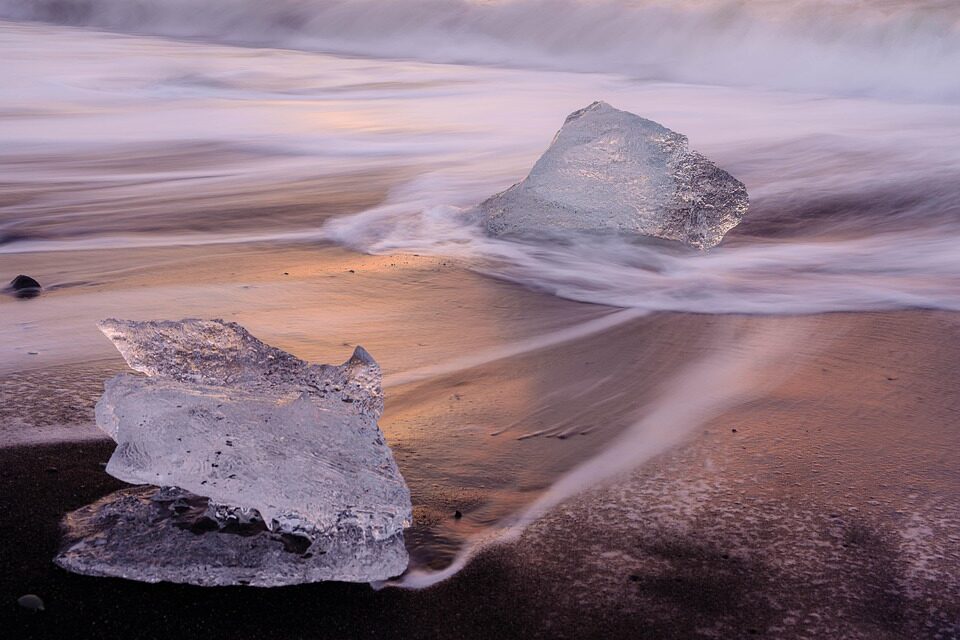
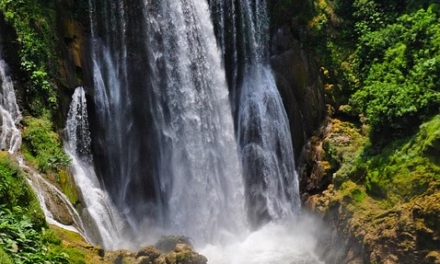
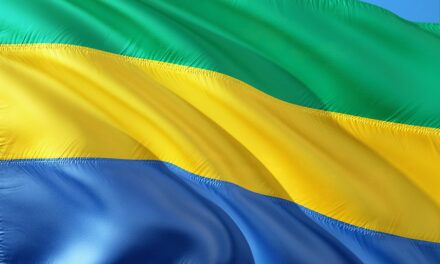
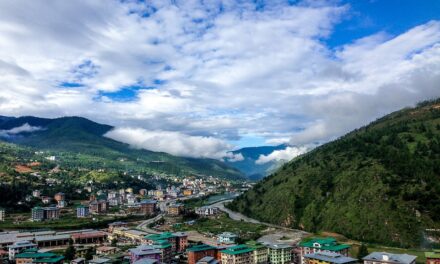


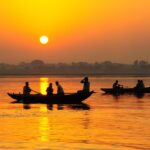
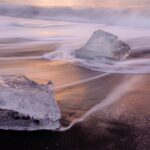



Subscribe To Our Newsletter
Join our mailing list to receive the latest news and updates from our team.
You have Successfully Subscribed!